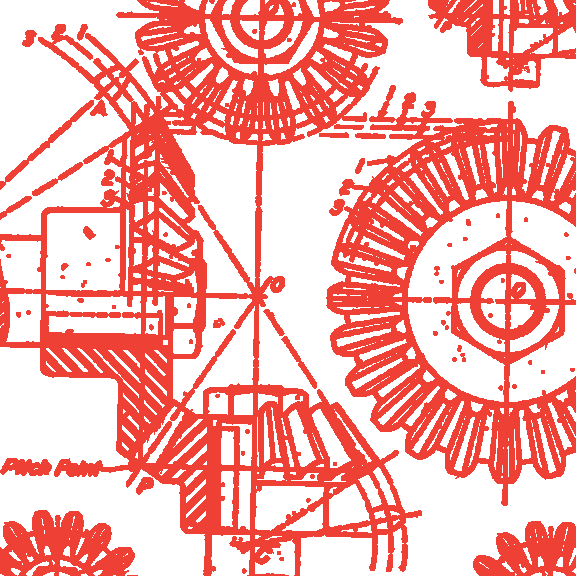
We often use the analogy that picking a Contract Manufacturer (CM) is like picking a spouse; you are going to be together for better or for worse and divorce could be very expensive. Whether you have a factory already chosen or you are about to choose a factory, you should perform a Factory Audit to understand the facility's strengths and weaknesses relative to your own needs.
We get calls frequently from companies who have selected a factory and are having second thoughts; the CM fails to deliver, there is a breakdown in communication, or schedule milestones are missed. A factory audit can highlight where the CM is weak and where the largest risks are. Even if you plan on staying with your supplier, it is a good idea to identify any potential risk areas. By knowing the weakness ahead of time (or even during active engagement), teams can proactively manage them, create work arounds, or strategically partner with third parties to make up for the CM’s weaknesses. The best companies continually audit their suppliers even after long relationships. Being clear about expectations and where suppliers aren’t meeting them is critical to ongoing improvement and getting ahead of emergent problems.
Let’s start by breaking the myth of the perfect supplier: to be clear, no supplier is “perfect.” You won’t find one that speaks perfect English, is highly competent, maintains high quality and low costs, all wrapped up with competitive terms and a bow on top. If there were such a CM, well, our jobs would certainly be a lot easier! Rather, each CM has their strengths and weaknesses. It really comes down to finding the one who aligns the best with your most critical needs.
There are many templates and forms for audits including ISO and others that you can use to help you identify the right CM, but they are often very cumbersome and don’t help you to answer the right questions. Here are the areas and questions we focus on when performing a factory audit on behalf of our customers:
Do they match your profile of needs?
Each supplier will have a unique combination of strengths in specific areas such as product specialty, unique manufacturing capability, technology, speed, resource requirements, branding targets, aesthetics, cost, terms, or design capabilities. Doing your homework ahead of time involves prioritizing what of the above list is most important and what you can manage internally (or through external resources and support). Finding their strengths and weaknesses in each critical area will help you understand where you can lean on your CM and where you may need to buttress their capability.
What does the factory do and not do?
A CM will not have internal capabilities for all manufacturing processes. Some processes will be outsourced such as injection molding, tooling, painting, etc. Your quality will be subject to the capability of these second and third tier suppliers. The quality of the CM’s supplier network and their ability to manage incoming quality will affect the quality of your product.
Are they going to be the factory of your future?
You may outgrow your factory. As volumes increase or your technology becomes more sophisticated, your factory may or may not be capable of growing with you. In addition, you will need your factory to be able to work with you to provide cost reductions and make product refinements in order to improve your competitiveness and profitability.
How good are they at troubleshooting and fixing issues?
Things will go wrong. How quickly the factory responds to emergencies and how well they troubleshoot can mean the difference between a product stop and a small blip in production.
How good are they at consistent quality?
Good quality starts with a good quality plan. From there, it requires not only that the initial units rolling off the line are of of high quality, but that every single product that follows is built to the right (and consistent) standards. Some factories will have high turnover or may substitute lower paid workers as production ramps. They may make changes without telling you to reduce costs. Gages and testing equipment may not be maintained and calibrated. Production settings may drift. All of these can impact quality both unexpectedly and dramatically.
How are they at the basic blocking-and-tackling of operations and continual improvement?
There are a number of fundamental practices that every factory should adhere to. These include preventive maintenance, quality control, training, inventory management, 5Ss etc. Does the factory re-test a product if it fails or are they finding the true root cause of issues? If a factory is weak in any of these areas it should raise an alarm bell.
Based on what is found, you can bridge the shortcomings or start to prepare for a Request for Quote (RFQ) in order to find a new factory. Follow on activities could include:
Every audit will turn up weaknesses and shortcomings. It is better to discover these early and manage them proactively rather than being surprised when a critical issue arises.
If you are currently questioning the capabilities of your own factory or have concerns around quality, we can help you. Click to learn how.
